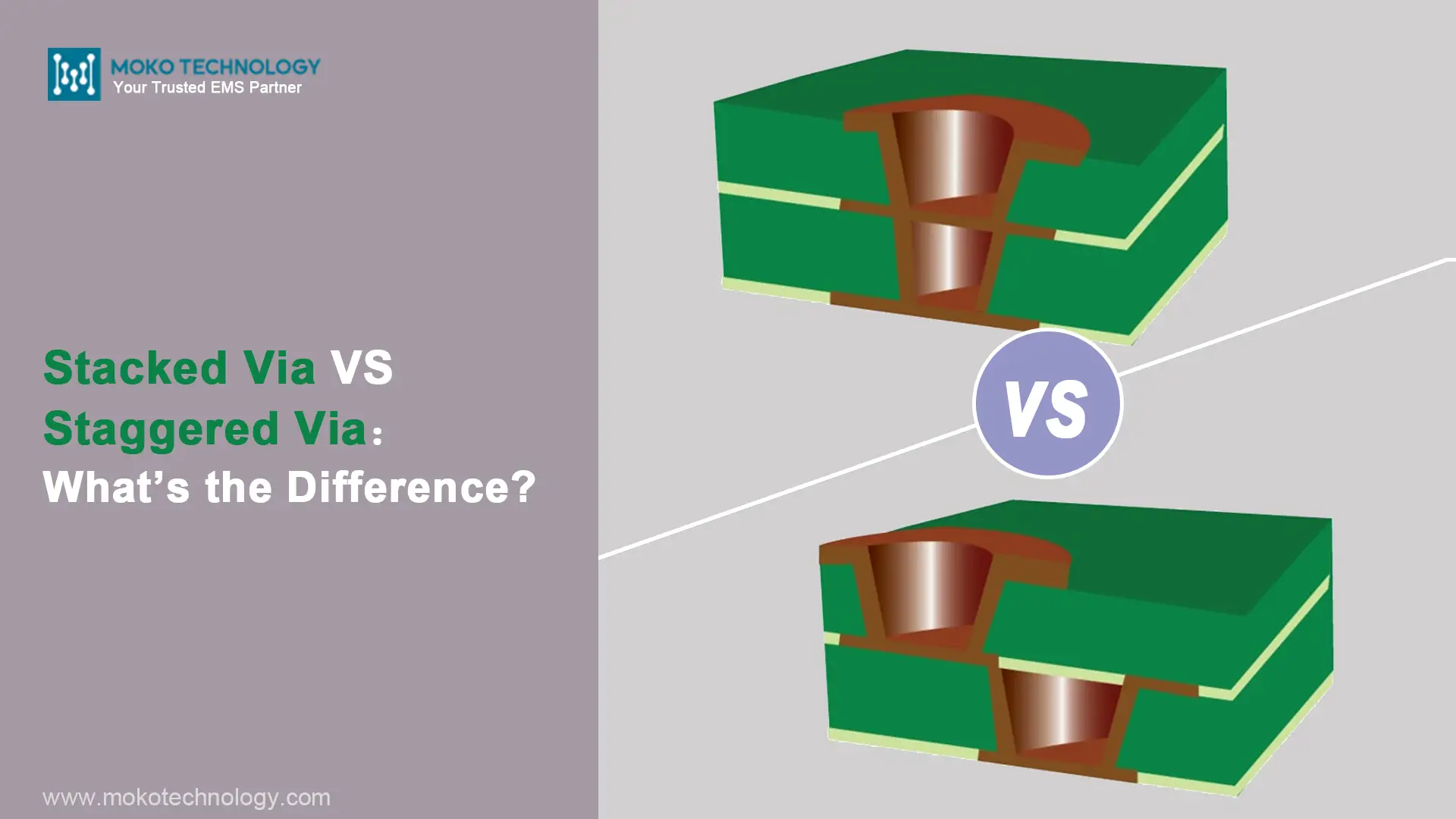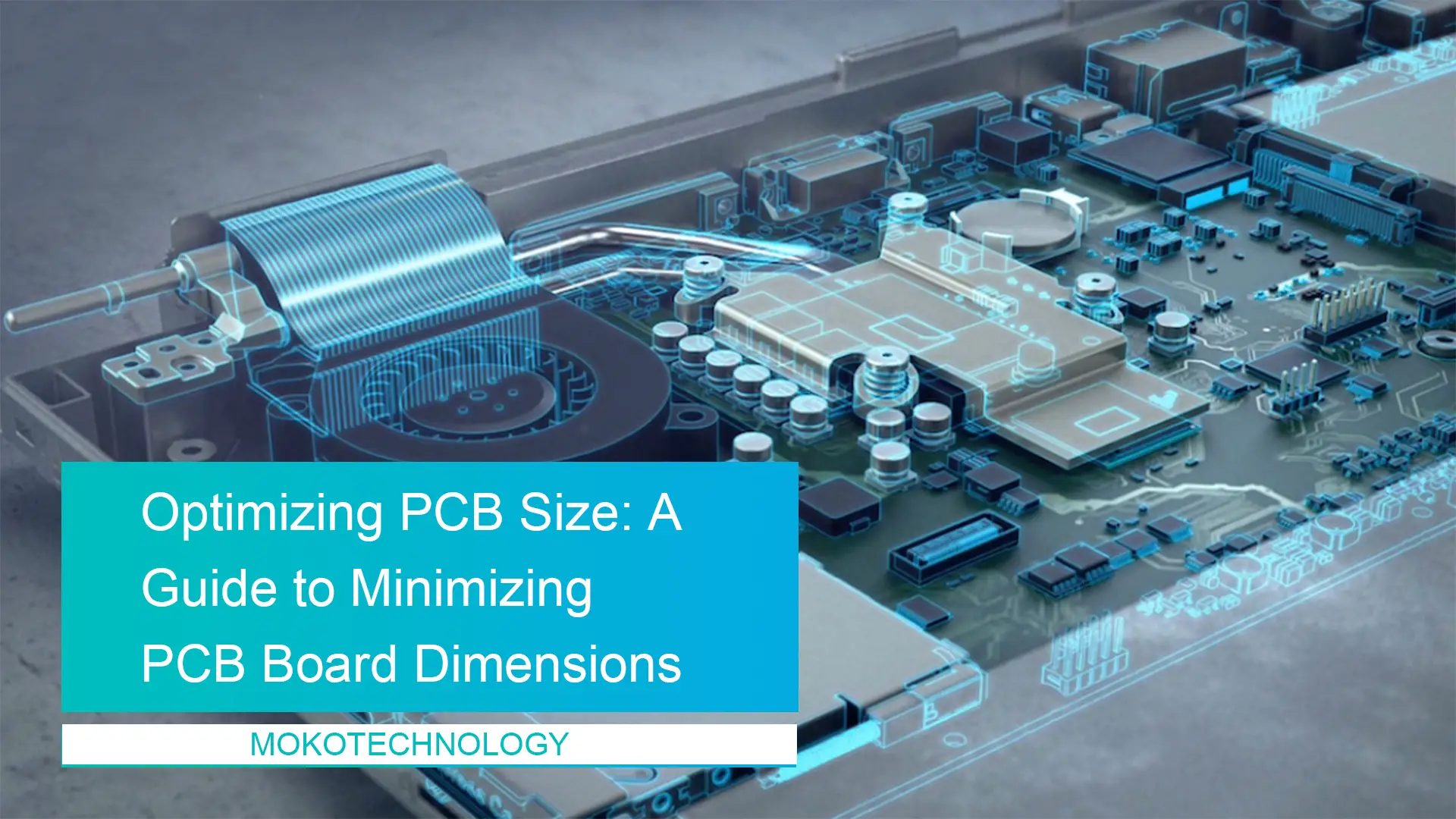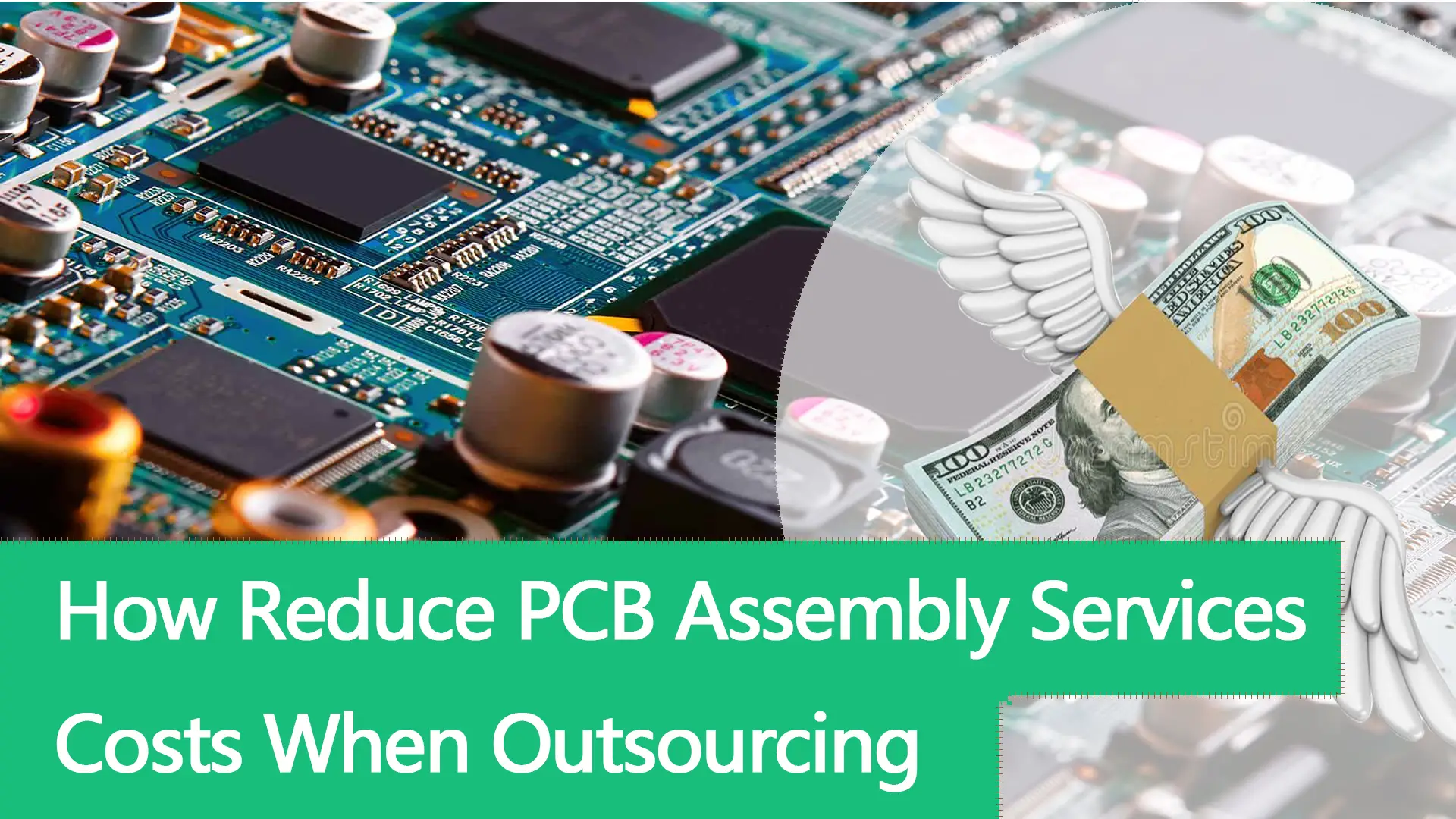Yes.
- For a prototype or the first beta units, it’s a fine idea. However, your time disassembling the units will eat into your profitability.
- Bad idea for production. Many cheap consumer products have a short lifespan, so you’ll end up redesigning your product when you can’t get the product.
- Plus, cheap products use the lowest quality electrolytic capacitors which fail at an early age (within a couple years), especially capacitors in switching supplies.
From the perspective of sustaining profitability and product quality, it is more advisable to design PCBs on your own. Or, if you are not capable of electric circuits, outsource the design job and prototype making. The cost of this will be lower than the long-term trouble brought by using camera PCB pulled from an old webcam.
Read More: Life Cycle Management Services
#PCB Design #PCB Assembly #PCB Testing



